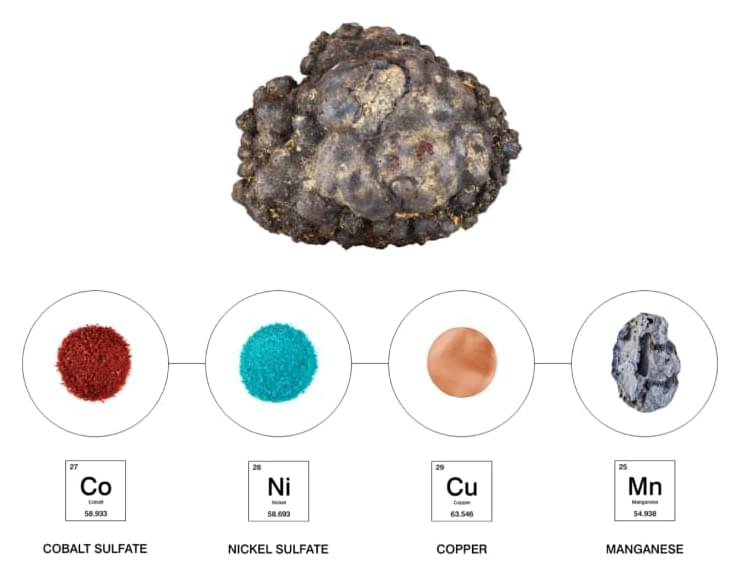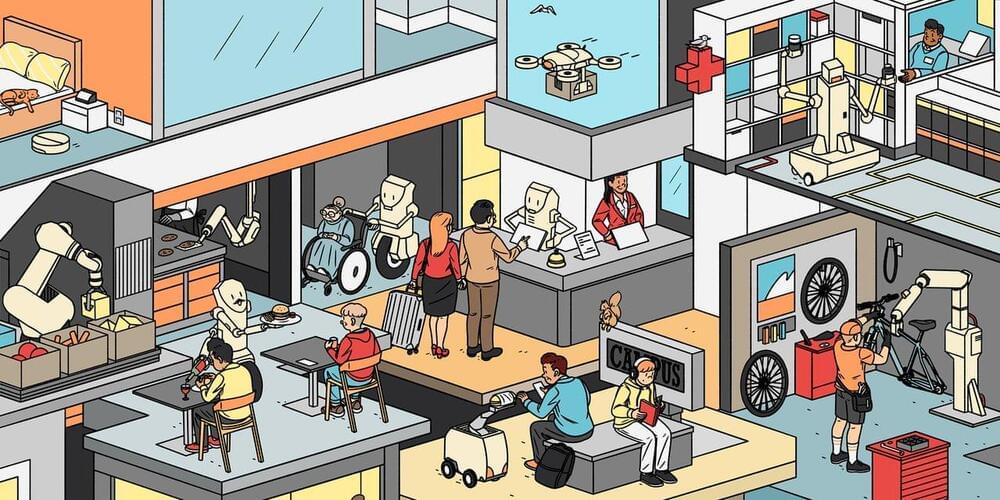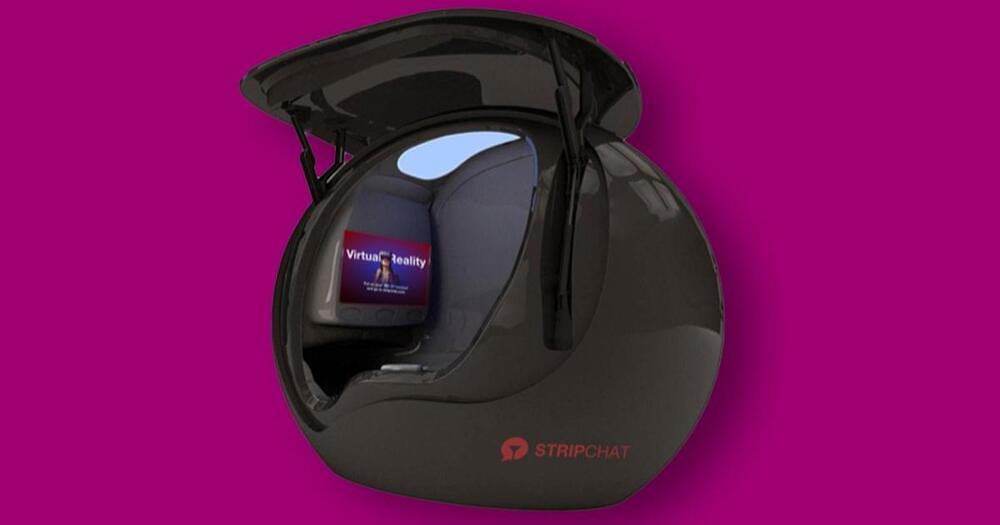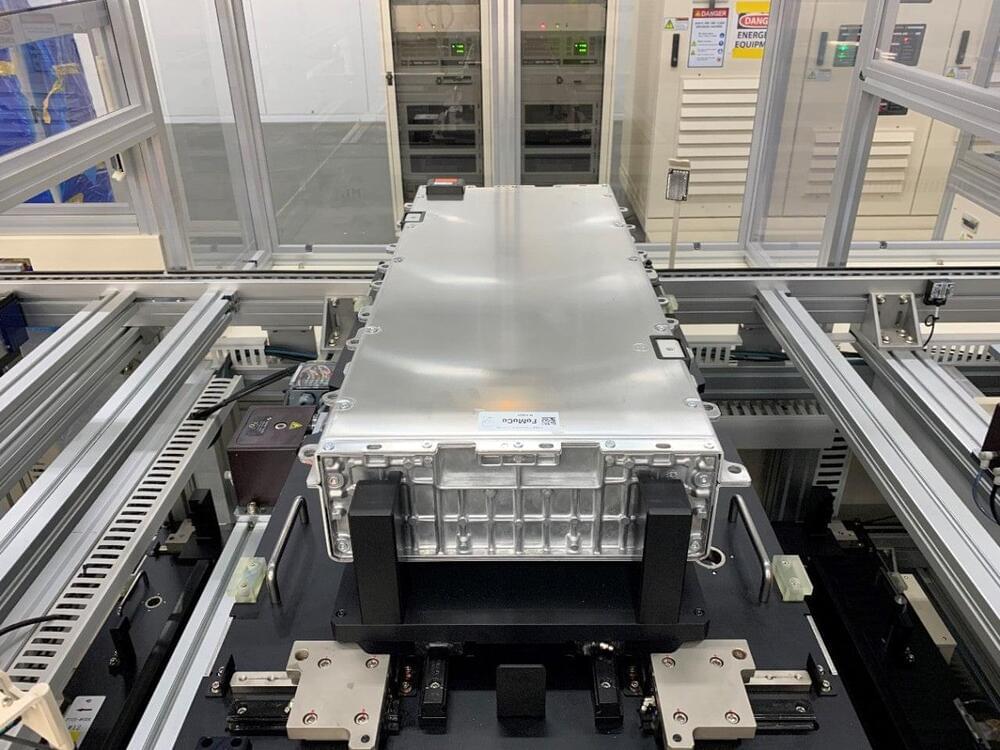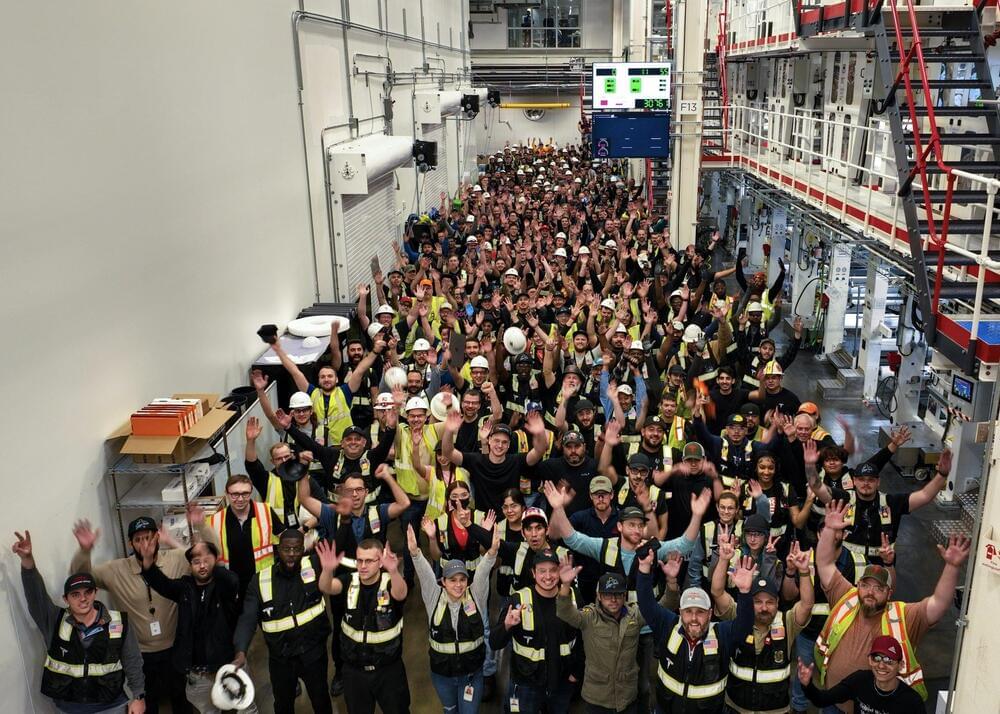In this episode, Emad and Peter discuss everything from AI-generated content and property rights to ethical implications, along with the upcoming hyper-disruption wave of technology in all industries.
Emad Mostaque is the CEO and Co-Founder of Stability AI, a company funding the development of open-source music-and image-generating systems such as Dance Diffusion and Stable Diffusion.
Learn about Stability AI: https://platform.stability.ai/
Access Stable Diffusion: https://github.com/CompVis/stable-diffusion.
This episode is brought to you by Levels: real-time feedback on how diet impacts your health. https://levels.link/peter.
Consider a journey to optimize your mind and body by visiting http://mylifeforce.com/peter.
